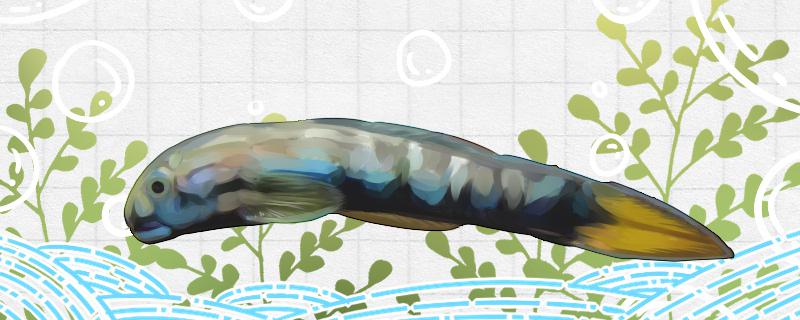Feeding: The mouth of the broad-cheeked bald shark is very large, which can scrape algae, and the efficiency of algae removal is very high. When they are raised, they can be fed some algae as food. | | Water quality: They have certain requirements for water quality. When breeding, the PH value of the water should be stabilized between 6.7 and 7.3. When changing the water for them, be sure to leave more old water. | | Water temperature: The water temperature needs to be kept between 21-27 ℃. In addition, the water temperature should be controlled to be constant.

Is it easy to raise
broad-chee
ked bald sharks? Broad-cheeked bald sharks are more lively and have certain requirements for salinity, so they can't survive in soda or sea water. If they are forced into such an environment, they will also go against the direction of the current, hoping to go into fresh water as they do in the natural environment. During the breeding season, the male digs a vertical nest in the sand and looks for a mate in this place. Because there are certain requirements for the environment, it will also encounter difficulties in feeding.
2. How to raise
broad-cheeked bald sharks 1. Feeding: When broad-cheeked bald sharks eat, the most important thing is to feed on plants, but when feeding, they must let go of food to avoid competing with other kinds of small fish or the same kind because of insufficient food. Because they also eat some animal food.
2. Water quality: In the face of water quality, they have certain requirements. If they are forced to live in a non-conforming environment, their survival rate will become lower. Therefore, it is better to keep the pH value of the water in which they are raised between 7 and 0.3. In such an environment, they will be happier.
3. Water temperature: We must pay more attention to the water temperature, because the most comfortable temperature for them is 24 ℃ ± 3 ℃. Only by ensuring such water temperature can their survival rate be improved. At the same time, when changing water, do not change all of them into new water, leave as much old water as possible, and pay attention to the temperature difference when changing water.
 Is it easy to raise
Is it easy to raise